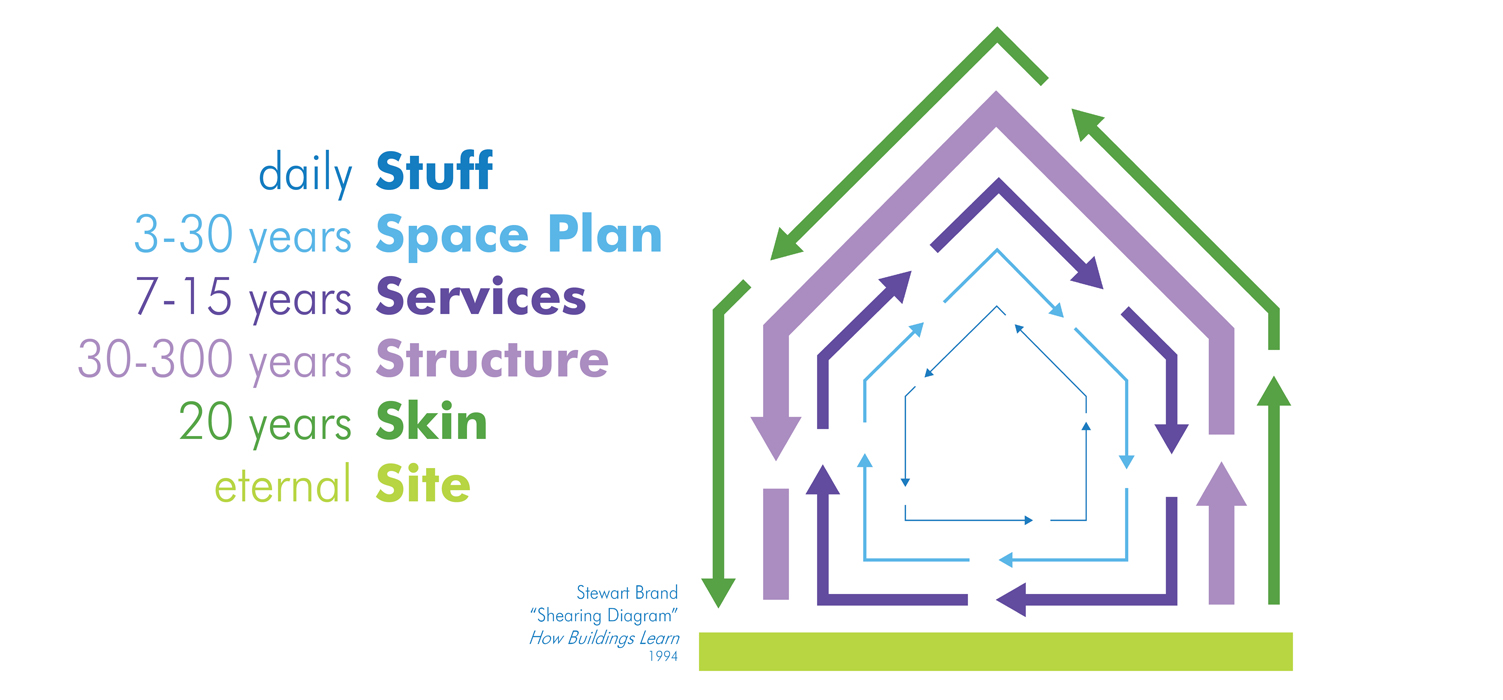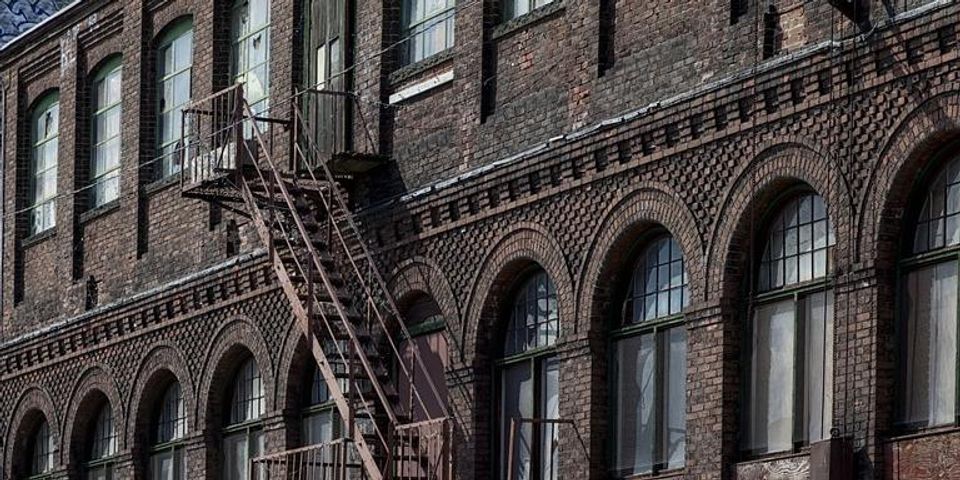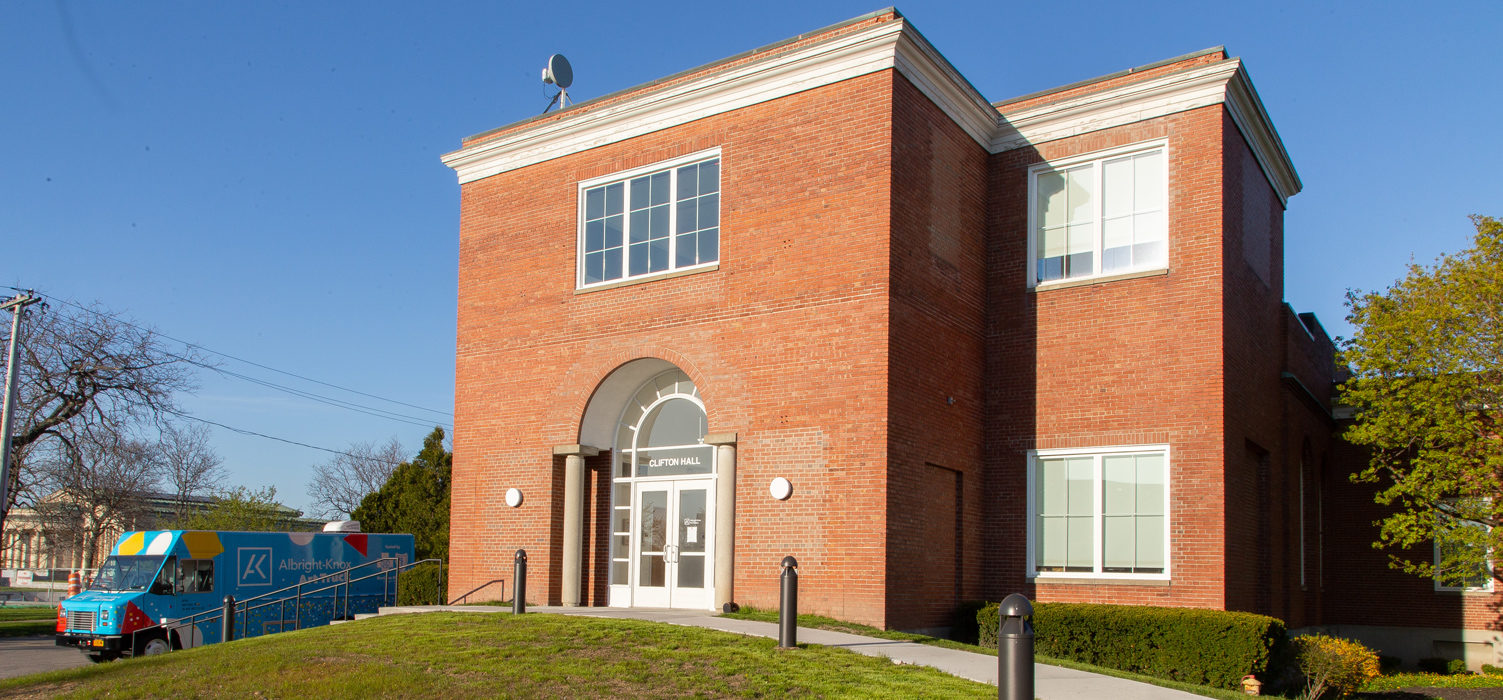How Does Architecture Respond To The Principles Of Adaptive Reuse And Revitalization?

If you're a lover of architecture, then you must have heard about the buzz around adaptive reuse. Over the years, the term has become a go-to phrase for architects and urban planners looking for innovative solutions to breathe new life into old buildings. In this article, we'll be exploring everything you need to know about adaptive reuse, from its definition to its impact on the environment.
Adaptive reuse refers to the process of reusing an existing building for a purpose other than what it was designed for. It could involve converting an old warehouse into a residential complex, turning a factory into a tech hub, or transforming an abandoned school into a community center. The goal is to preserve the existing structure while also making it relevant to contemporary needs.
One of the most significant benefits of adaptive reuse is that it preserves the historic fabric of a community. Old buildings often represent important cultural and architectural landmarks that help define the character of a neighborhood. By restoring these structures, architects can help maintain a sense of continuity and identity, which can play a crucial role in shaping a community's social and economic vitality.
Another significant advantage of adaptive reuse is that it is eco-friendly. By repurposing an existing structure, architects can reduce the need for new building materials and save energy that would have been expended in constructing a brand-new building. This, in turn, helps reduce carbon emissions, which is crucial in the fight against climate change.
Adaptive reuse also presents unique design challenges that require architects to think creatively. For instance, repurposing a factory into a gym requires a different approach than converting a school into an art gallery. As such, adaptive reuse often leads to dynamic and innovative design solutions that enhance the final product's visual appeal and functional value.
Some may argue that adaptive reuse is a more cost-effective alternative to new construction. While this may be true in some cases, it's essential to note that adaptive reuse projects can also be expensive. The cost of restoring an old building can vary depending on the level of deterioration and the complexity of the project. However, in the long run, adaptive reuse can be very cost-effective, especially if it attracts new businesses and residents to a community.
While adaptive reuse presents several benefits, it's essential to note that it also has its limitations. For one, not all old buildings are suitable for repurposing. Some buildings may be too structurally unsound or lack visual appeal. Furthermore, adaptive reuse may not always be feasible or desirable for buildings that are historically significant or serve important cultural functions.
Moreover, adaptive reuse may not always be the best option for addressing the need for new development. In some cases, constructing a new building may be a more practical solution, especially if the space required is substantial or the existing structure would not support the intended use.
Examples of Adaptive Reuse Projects
There are several notable examples of successful adaptive reuse projects across the world. One of the most prominent examples is the High Line, a public park built on an elevated rail line in New York City. The park, which opened in 2009, has become one of the city's most popular attractions, attracting millions of visitors every year.
Another notable example is the Tate Modern in London, England. The museum, which is housed in a former power station, attracts millions of visitors every year and is considered one of the world's most significant contemporary art museums.
In Amsterdam, the Tolhuistuin is an adaptive reuse project that transformed a former shell of a building into a lively cultural hub. The space consists of a restaurant, cafe, cultural center, and performance venue, among other amenities.
The Future of Adaptive Reuse
The future of adaptive reuse looks bright, as more architects and urban planners appreciate the benefits of reusing existing structures. With an increasing need to revitalize urban areas and reduce carbon emissions, adaptive reuse is becoming a crucial tool in sustainable development.
Moreover, with advances in technology and construction techniques, architects and engineers can now repurpose buildings in new and exciting ways. For instance, 3D scanning and printing technology can help make the restoration process more efficient and accurate, while innovative building materials such as mass timber are making it possible to build taller and more sustainably.
In conclusion, adaptive reuse represents a unique and valuable approach to architecture and urban planning. By repurposing existing structures, architects can help preserve the character and history of a community while also helping address contemporary needs. Furthermore, adaptive reuse is eco-friendly, cost-effective, and increasingly becoming a crucial tool in sustainable development.
Frequently Asked Questions
What is adaptive reuse?
Adaptive reuse refers to the process of reusing an existing building for a purpose other than what it was designed for.
What are the benefits of adaptive reuse?
Some of the benefits of adaptive reuse include preserving the historic fabric of a community, reducing carbon emissions, and fostering innovative and visually appealing design solutions.
What are some examples of successful adaptive reuse projects?
Some notable examples of adaptive reuse projects include the High Line in New York City, the Tate Modern in London, and the Tolhuistuin in Amsterdam.
What are some challenges associated with adaptive reuse?
Challenges associated with adaptive reuse include identifying suitable buildings for repurposing, selecting the appropriate use for the space, and addressing potential structural deficiencies or building code compliance issues.
Is adaptive reuse a cost-effective alternative to new construction?
In some cases, adaptive reuse can be a cost-effective alternative to new construction. However, the cost of restoring an old building can vary depending on the level of deterioration and the complexity of the project.
What is the future of adaptive reuse in architecture and urban planning?
The future of adaptive reuse looks bright, as more architects and urban planners appreciate the benefits of reusing existing structures. With an increasing need to revitalize urban areas and reduce carbon emissions, adaptive reuse is becoming a crucial tool in sustainable development.



Post a Comment for "How Does Architecture Respond To The Principles Of Adaptive Reuse And Revitalization?"